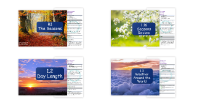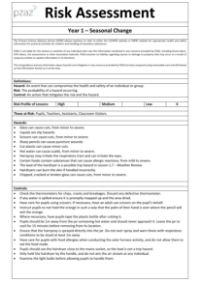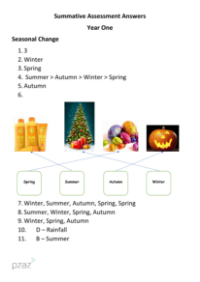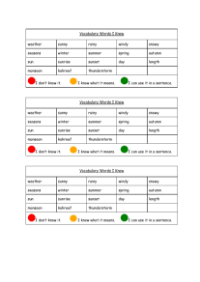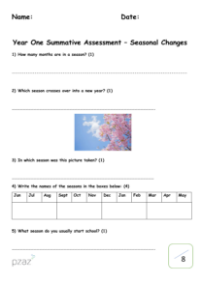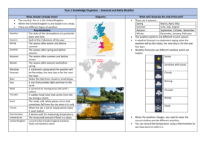Seasons - Keywords
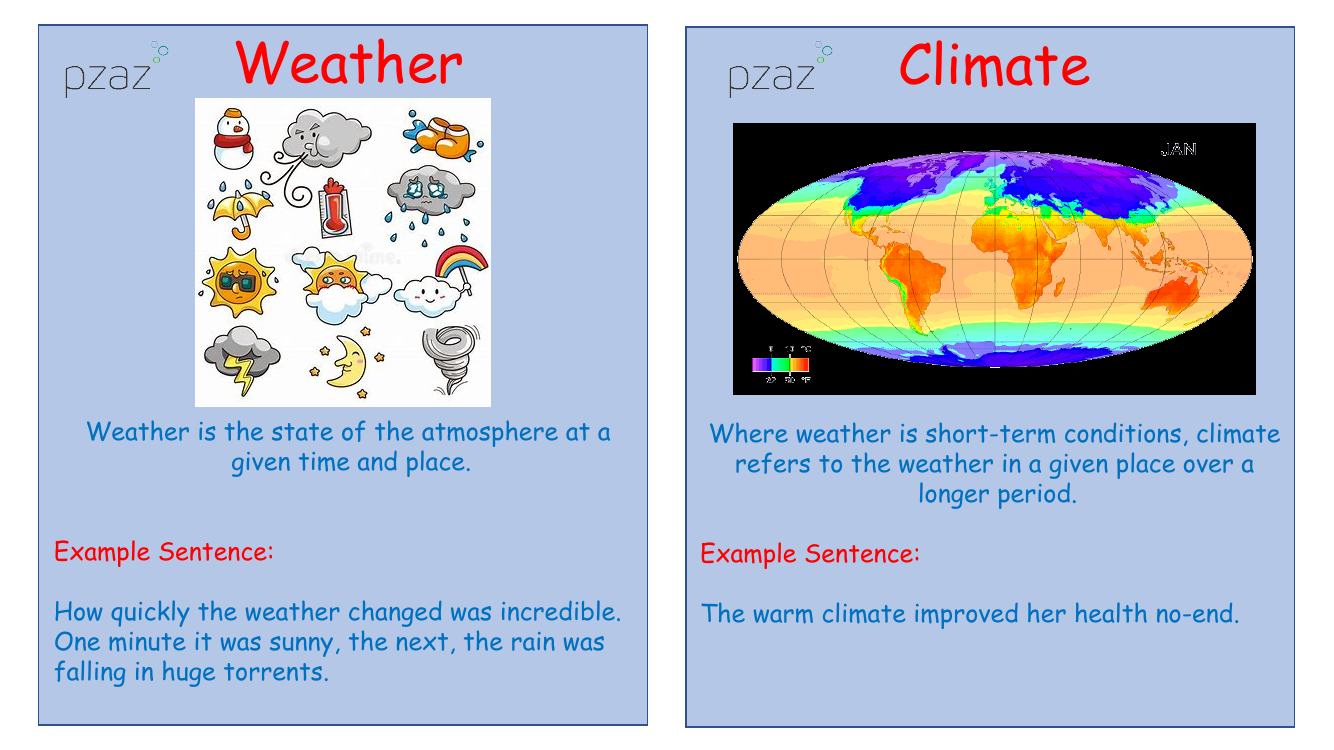
Science Resource Description
Understanding the various terms associated with weather and seasons is essential for grasping how the atmosphere behaves and affects our daily lives. The term 'weather' refers to the immediate state of the atmosphere in a specific area, encompassing phenomena such as sunshine, rain, and wind. For example, the weather can shift rapidly, transforming from sunny to torrential rain within moments. In contrast, 'climate' denotes the weather patterns of a particular region observed over an extended time, such as the consistently warm climate that may benefit someone's health.
Seasonal keywords like 'windy' and 'sunny' describe more than just the presence of wind or sunshine; they indicate the intensity and prevalence of these conditions. Windy weather can be strong enough to wreak havoc on umbrellas, while sunny skies don't necessarily equate to warmth. Similarly, 'rainy' and 'snowy' describe locales known for frequent precipitation of their respective types, which can impact holiday plans or signal the start of ski season in snowy regions. The concept of a 'season' is a three-month period characterized by specific weather patterns and daylight hours, with each season—spring, summer, autumn, and winter—bringing its own unique changes to the environment, from the blossoming of flowers to the falling of leaves and varying day lengths.
